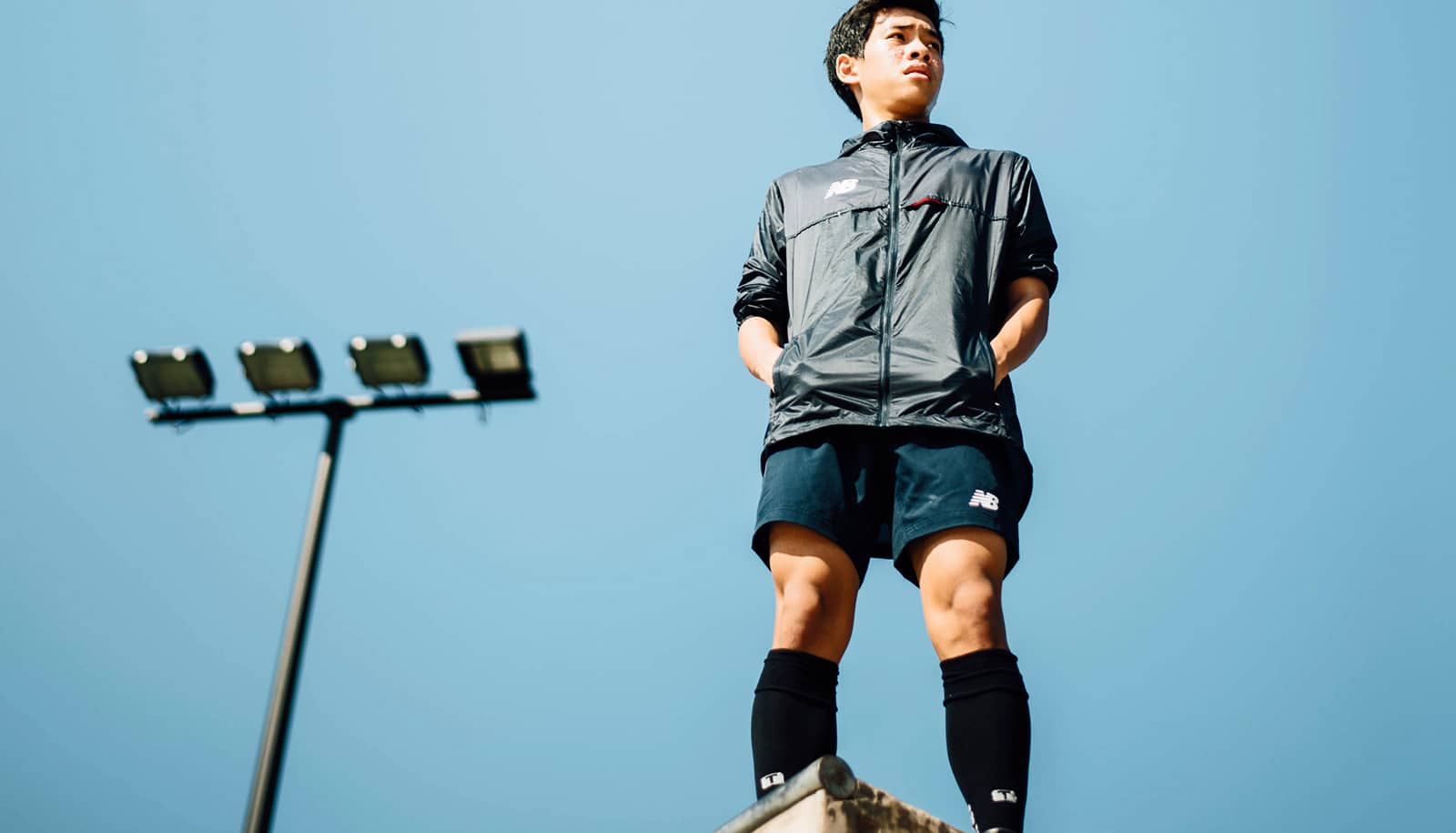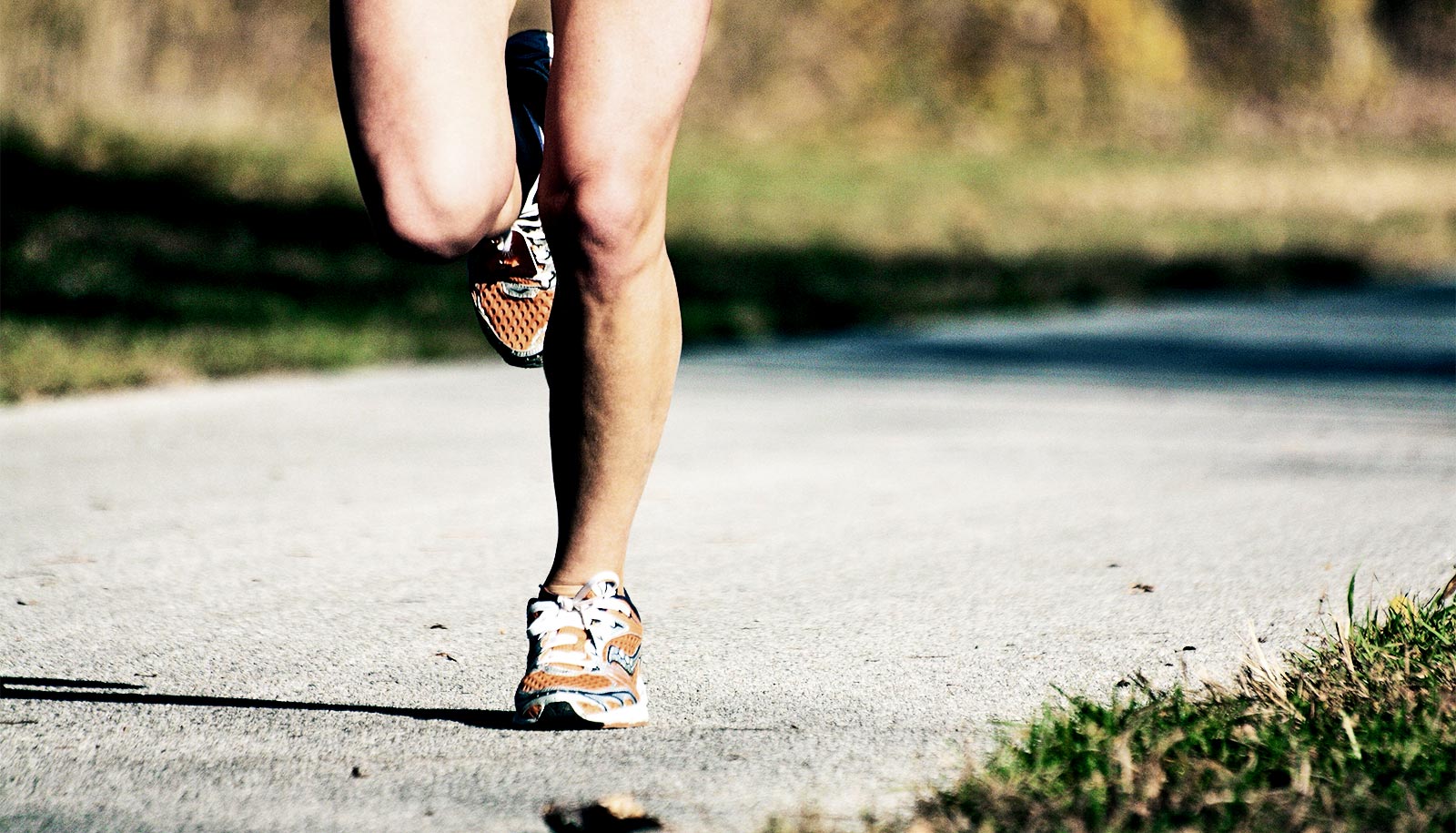Eccentric exercises could dramatically increase muscle volume and improve outcomes for people with anterior cruciate ligament (ACL) injuries, a new study with rats shows.
The findings challenge conventional wisdom about which exercises are most beneficial during post-injury physical therapy, researchers say.
People with ACL injuries can lose up to 40% of the muscle strength in the affected leg–with muscle atrophy remaining a big problem even after ACL reconstruction and physical therapy.
Eccentric exercises contract the muscle during lengthening—think of the downswing of a bicep curl or walking downhill. Those exercises are much more effective at growing muscle than concentric exercises, where muscles shorten while producing force—think of the upswing of a bicep curl, says Lindsey Lepley, assistant professor of kinesiology at the University of Michigan.
Historically, therapists didn’t use eccentric exercises because they thought the lengthening component caused muscle damage during physical therapy, Lepley says.
But concentric exercises alone don’t achieve the muscle growth required to get patients to pre-injury muscle strength. This holds true for all sports-related muscle strains and injuries requiring physical therapy, not just the 300,000 ACL reconstructions performed annually.
“Our group has long believed that incorporating eccentrics into PT is beneficial to muscle,” says Lepley, whose earlier research found that incorporating eccentric exercise into an ACL rehabilitation program increased strength 30%, compared to concentric exercise alone.
The current study found that a single, 15-minute bout of eccentric exercise to novice muscle (a muscle unexposed to prior eccentric exercise) in rats showed better results than concentric exercise at promoting growth, with very limited injury, Lepley says.
Muscle and the mechanisms governing function are highly conserved across species, she says.
In the study, Lepley and colleagues had rats run uphill or downhill on specially designed rodent treadmills. They then examined the muscle fibers for injuries and protein synthesis indicative of muscle growth.
The researchers found only one damaged fiber in 9,000-plus muscle fibers, and they found it in the concentric (uphill) group. They also found a significant increase in protein markers associated with muscle growth in the eccentric group after exercise, compared to the concentric group.
Next, researchers hope to test the direct effect of eccentric exercise on muscle after ACL injury, using a noninvasive rodent model of ACL that mimics human injury, Lepley says.
“Our goal is to translate our findings from the bench-top to the sidelines,” Lepley says. “We want this information to get to clinicians and patients who have had musculoskeletal injuries to promote lifelong health and wellness.”
The study appears in the Journal of Athletic Training.
Source: University of Michigan


